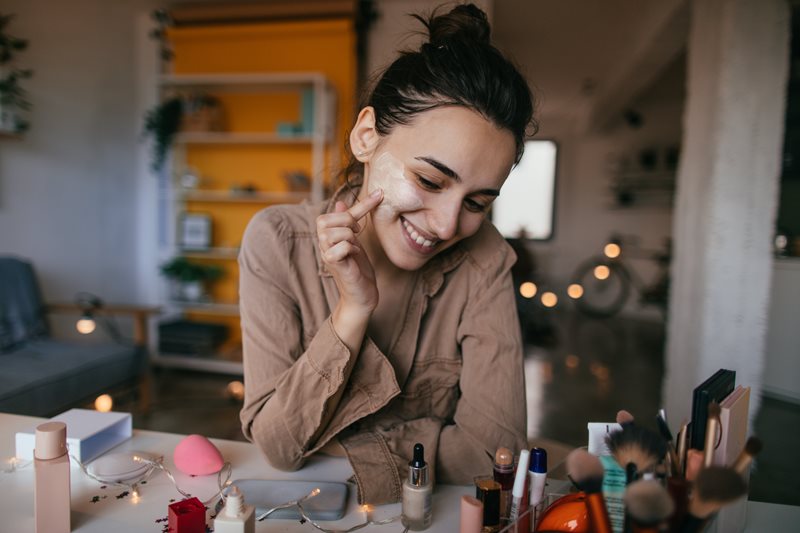
Gen-Z – the ‘new’ Millennials? In fact, they’re really pretty different to my avocado toast and aubergine emoji generation. If you work in marketing, then you’ve probably heard the phrase ‘Gen-Z’ thrown around a lot in the past couple of years. This first truly native digital generation makes up 33% of the UK population, so they shouldn’t be ignored!
Why are Gen Z important?
Gen Z were born between 1995 and 2015, and are currently aged between 4-24. This is the first generation to be born truly digital – they have never known the world without the internet (or the joys of MSN and dodgy dial-up broadband…), so technology is at the heart of their decision-making processes. They also spend £7 billion annually, so they shouldn’t be shrugged off as young and insignificant, especially with that figure increasing as they come of age.
What does this mean for the beauty industry?
The beauty industry is an ever-evolving one, shapeshifting to meet changing consumer demands. When your young consumer base is Gen Z, this becomes even more interesting.
Take our recent research study, The Future of Beauty. We discovered that the majority of Gen Z (71%) would actually prefer to always feel good, rather than to always look good. So how does an industry built on beauty and looking good keep up with a generation that seemingly isn’t as bothered with how they look compared to previous generations?
A focus on wellbeing rather than ‘beauty’ seems to be one answer. Wellbeing and mental health are topics that have exploded in recent years across all industires, but the shift from ‘beauty’ to ‘wellbeing’ is something that I have also started to notice much more obviously within the beauty industry.
Popular cosmetics websites now have ‘wellbeing’ sections which feature a range of products from skincare, vitamins and supplements to sleep-masks, acceptunture equipment and facial rollers – just to name a few! The line between beauty and wellbeing is increasingly blurred, with a lot of established brands now introducing wellbeing products and a focus on health and wellbeing.
Health is a hot topic!
Having spoken to one of our Gen Z employees here at Pull, making sustainable and healthier choices seem to drive Gen Z’s purchasing decisions. Take a simple daily product for most people – Deodorant. You may expect deodorant to be a straightfoward purchasing decision, but having spoken to a few Gen Zers this isn’t necessarily the case.
Health worries about the inhalation of aerosol fumes seems to be one factor. Sustainability and a keen awareness of the impact on the environment seems to be another. Gen Z are incredibly ‘woke’ to environmental and health issues, so this naturally impacts how they shop for products.
Mental wellbeing is also a focus to consider in Gen Z advertising, with more realistic portrayals of beauty coming to the forefront.
Experts say Gen Z are more likely to purchase from a brand they deem to be authentic and transparent. Brands such as Dove, Aerie, and InTheStyle all decided to ditch airbrushed and photoshopped images in their advertising, helping to increase their authenticity. ASOS have also been praised for showing models with scars, stretch-marks and birth-marks in their images - which in turn has a more positive impact on consumer’s mental health and the standard perception of beauty.
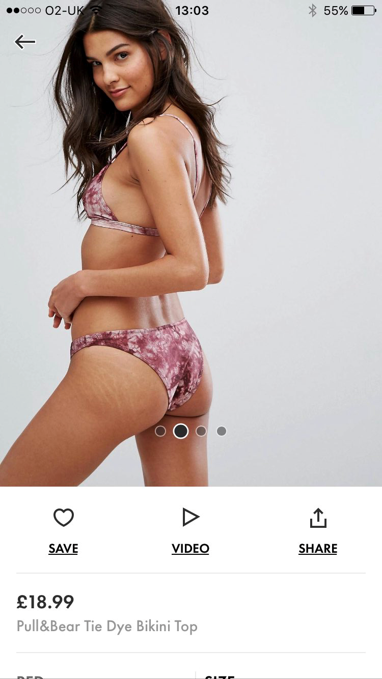
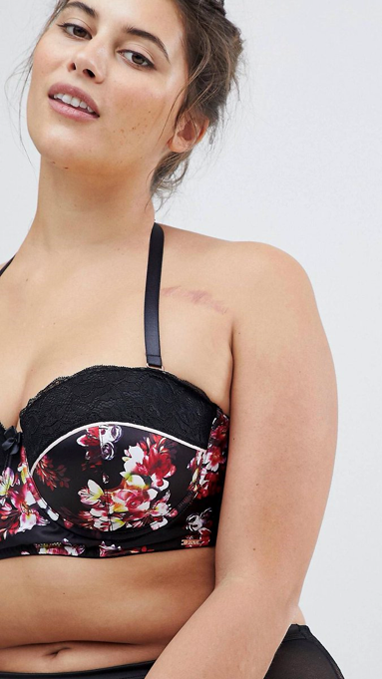
What have brands done to make themselves more ‘authentic’?
In the health and beauty sector, women’s sanitary brand; Bodyform, recently had success in their #bloodnormal campaign. The aim of this campaign was to depict more realistic images of menstruation – a historically controversial topic in advertising. Goodbye blue liquid, hello red!
Bodyform leveraged success with this campaign by making the most of digital consumption and launching their advertising on YouTube. By doing this they not only get around strict (and dare I say, outdated?) television rules about what you can and cannot depict, but it also allowed them to reach an audience of 800m with a relatively small budget.
Similarily, razor brand, Billie, launched a campaign in 2018 called ‘Project Body Hair’ which depicts female body hair. This caused a bit of a stir as it was the first of its kind for a female razor brand. Women with leg hair, armpit hair, unibrows – showed off in all their natural hairy glory!
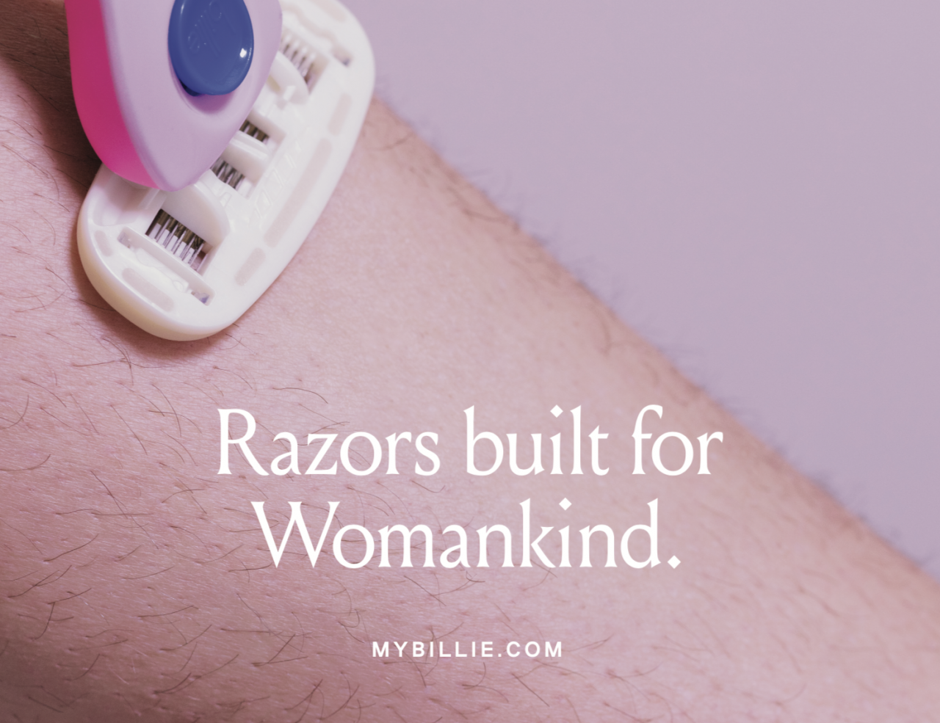
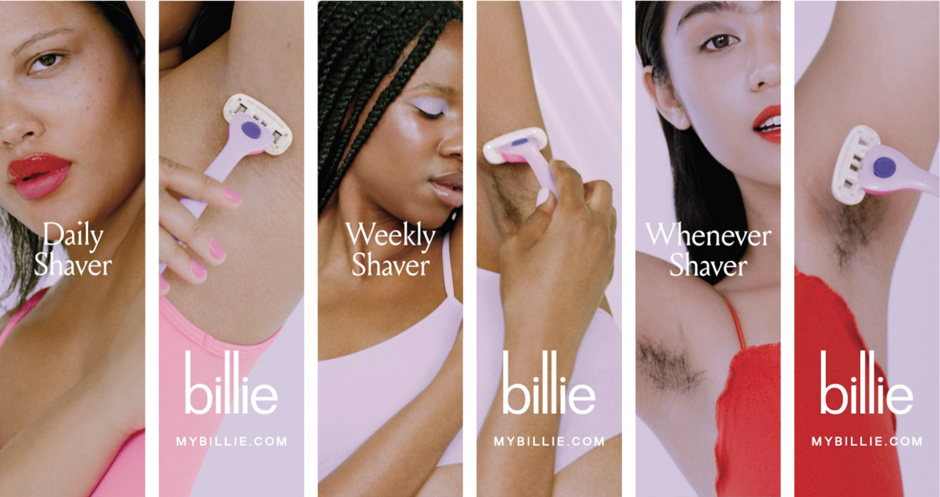
Now I’m not saying that all of Generation Z want to be hairy and only see images of real blood, but the authentic nature of these campaigns and brands are more likely to appeal to Gen Z as they are perceived as down-to-earth, honest, and real.
If not authenticity, then what?
Another hot topic for this generation is sustainability, the environment and ethical awareness – remember, this generation is #woke.
In our recent blog ‘Natural Beauty and Gen Z, What’s the Deal?’ we explored why and how Gen Z used their purchasing power to drive positive change. But what about the products, and the ingredients themselves, that Gen Z are purchasing?
Over recent years, nautral ingredients have grown into a huge trend within another the health and beauty sector, and this is something Gen Z are extremely concerned with. In fact, 58% said natural ingredients where the most important factor when making a beauty purchase. Being certified organic and natural is a huge trend that Gen-Z are buying into. Brands such as Lush and The Body Shop are thriving, thanks to their long-standing stance on ethics and the enviroment. But what about other brands whose roots haven’t been so deeply planted in sustainability soil?
One brand who has recently explored this is Durex (I know… stay with me here). Durex have traditionally positioned themselves as a brand that focusses on playfulness and fun (cough, cough), and are not known for their natural ingredients. They recently made an interesting move by introducing a new product range to their diverse collection – Durex Naturals. This range focusses on natural ingredients with the brand stating:
“Attitudes to what we put in and on our bodies are changing fast, and many believe natural is the way to go. That’s why Durex has created a pH-friendly range of naturally formulated water-based lubes, designed to work with the delicate balance of you skin’s moisture. No perfume, no colouring.”
As people start to become more aware and actively interested in ingredients and what is going onto (and in some instances…into) their bodies, this seems a natural move.
So whether you portray your brand as authentic, environmentally conscious and sustainable, or tap into the wellbeing trend, you are likely to appeal to the Gen Z audience. If your brand doesn’t, it’s time to consider what you can do to engage this up and coming-of-age generation.
Posted 6 March 2020 by Imogen Farnan